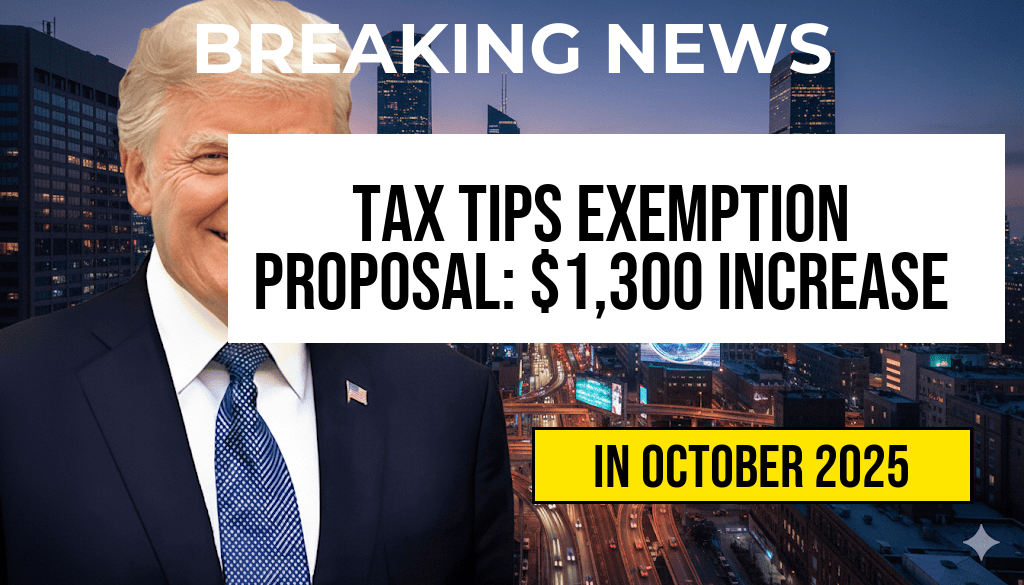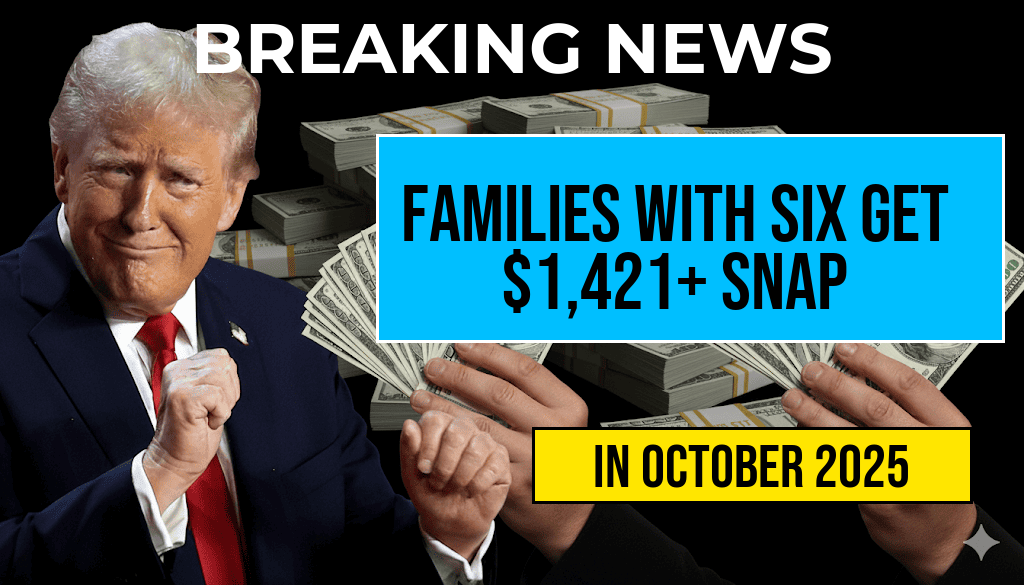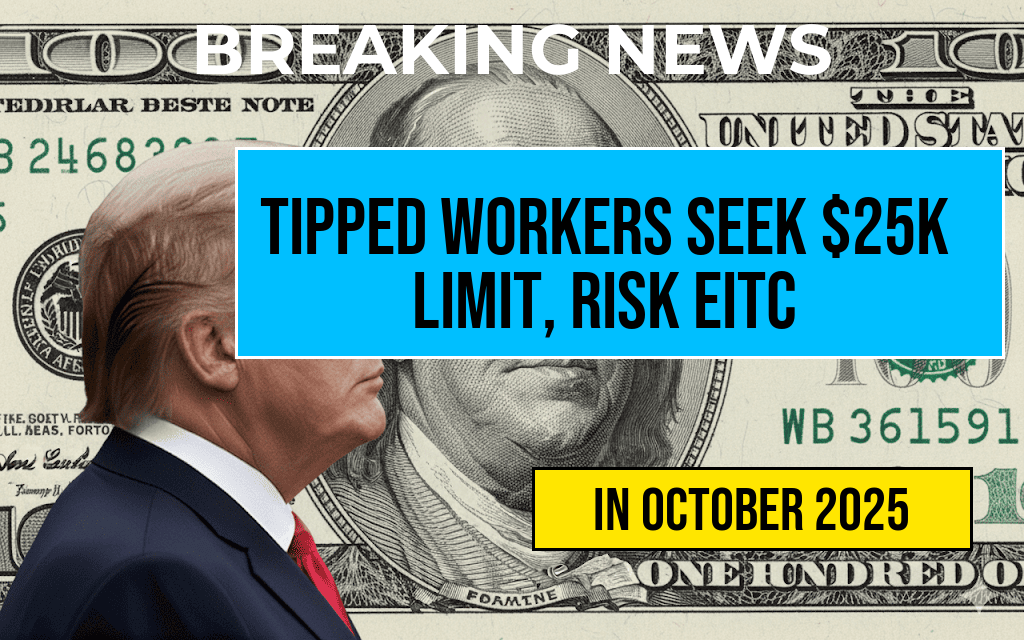SNAP Benefits in Hawaii for a Family of Three Surpass Mainland Levels by $349
Families in Hawaii receiving Supplemental Nutrition Assistance Program (SNAP) benefits are seeing significantly higher monthly allocations compared to their counterparts on the mainland, with a typical three-person household in Hawaii qualifying for approximately $1,334. This amount exceeds the average mainland SNAP benefit for similar-sized families by about $349, reflecting the state’s higher living costs and unique economic factors. The disparity underscores ongoing debates over the adequacy of federal assistance programs in high-cost regions and prompts questions about the fairness and effectiveness of current benefit calculations.
Understanding the Regional Variations in SNAP Benefits
How SNAP Benefits Are Calculated
The SNAP program’s benefit amounts are primarily determined through a formula that considers household size, income, and allowable deductions. While the federal government sets broad guidelines, states have latitude to adjust benefit levels within certain limits to account for regional differences in living costs. Hawaii, with its high housing prices and transportation expenses, receives adjustments that aim to better reflect the economic realities faced by residents.
Why Hawaii’s Benefits Are Higher
The increased SNAP benefits in Hawaii are rooted in its elevated cost of living. According to data from the U.S. Census Bureau, Hawaii consistently ranks among the most expensive states for housing, groceries, and utilities. Federal guidelines incorporate these factors, leading to higher benefit allocations to ensure that recipients can meet basic nutritional needs amidst the state’s economic environment.
Comparative Breakdown of Benefits
| Region | Average Benefit Amount | Difference from Mainland |
|---|---|---|
| Hawaii | $1,334 | + $349 |
| Mainland (average) | $985 | — |
This table highlights the stark contrast in benefit levels, emphasizing how regional economic conditions influence federal assistance programs. For context, the USDA regularly updates benefit averages, which tend to fluctuate based on inflation, policy adjustments, and demographic shifts.
Economic Factors Behind the Disparity
Cost of Living and Housing
Hawaii’s housing market remains one of the most expensive in the nation, with median home prices surpassing $800,000 in many areas. Rental costs also remain high, often exceeding national averages by a significant margin. These factors directly impact SNAP benefit calculations, as the program seeks to bridge the gap between income and necessary expenses.
Transportation and Food Costs
Due to geographic isolation, many goods, including groceries and fuel, are more costly in Hawaii. Import-dependent supply chains elevate prices, and residents often spend more on daily necessities, prompting adjustments in benefit levels to mitigate food insecurity.
Policy Implications and Future Considerations
The higher SNAP benefits in Hawaii demonstrate a tailored approach to regional economic conditions but also stir ongoing discussions regarding federal assistance adequacy. Critics argue that even with increased benefits, many families still struggle to meet basic needs, especially amidst rising housing and living costs. Advocates call for more dynamic formulas that can better adapt to ongoing economic shifts and regional disparities.
For households in Hawaii, these elevated benefits provide crucial support, yet they also highlight systemic issues related to affordability and income inequality. As policymakers evaluate the effectiveness of current programs, there is increasing interest in exploring alternative models that could better address the specific challenges faced by residents in high-cost states.
Readers seeking more information about SNAP benefits and eligibility can visit the USDA Food and Nutrition Service website or consult the Wikipedia page on SNAP.
Frequently Asked Questions
What is the current SNAP benefit amount for a family of three in Hawaii?
The SNAP benefits in Hawaii for a family of three reach a total of $1,334, which is significantly higher than the mainland average.
How does Hawaii’s SNAP benefit compare to the mainland?
Hawaii’s SNAP benefits for a family of three are $349 higher than those provided in most mainland states, reflecting the state’s higher living costs.
What factors contribute to the higher SNAP benefits in Hawaii?
The higher cost of living in Hawaii, including housing, food, and other essentials, contributes to the increased SNAP benefit amounts for families.
Who is eligible for SNAP benefits in Hawaii?
Eligible families of three in Hawaii who meet income and resource requirements can receive SNAP benefits, helping them afford nutritious food.
How can families apply for SNAP benefits in Hawaii?
Families can apply online, in person, or by mail through the Hawaii Department of Human Services to receive SNAP assistance and determine their eligibility.









